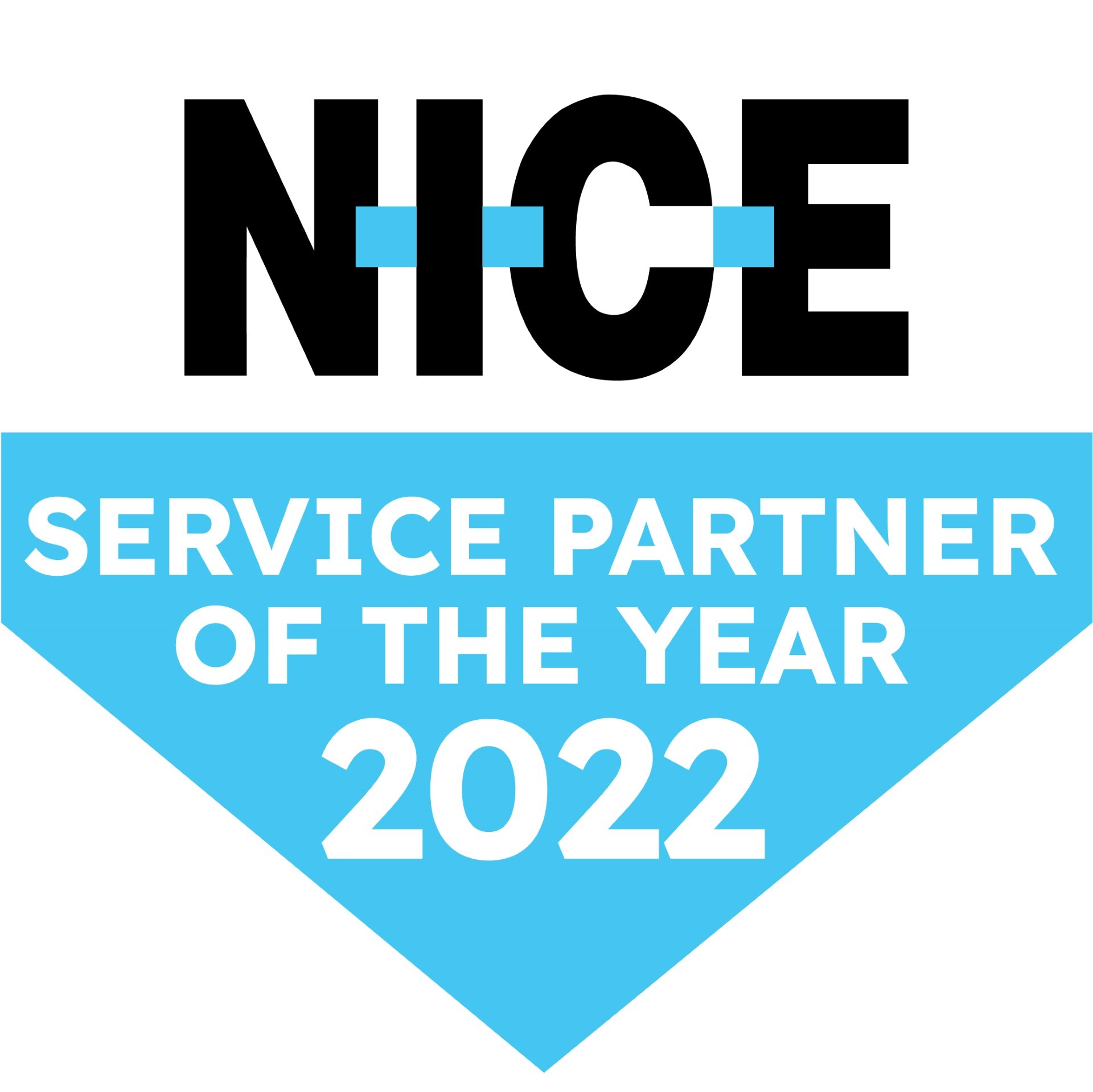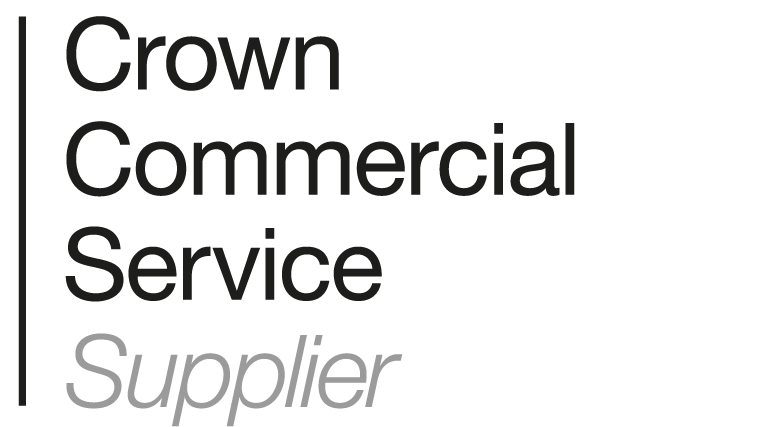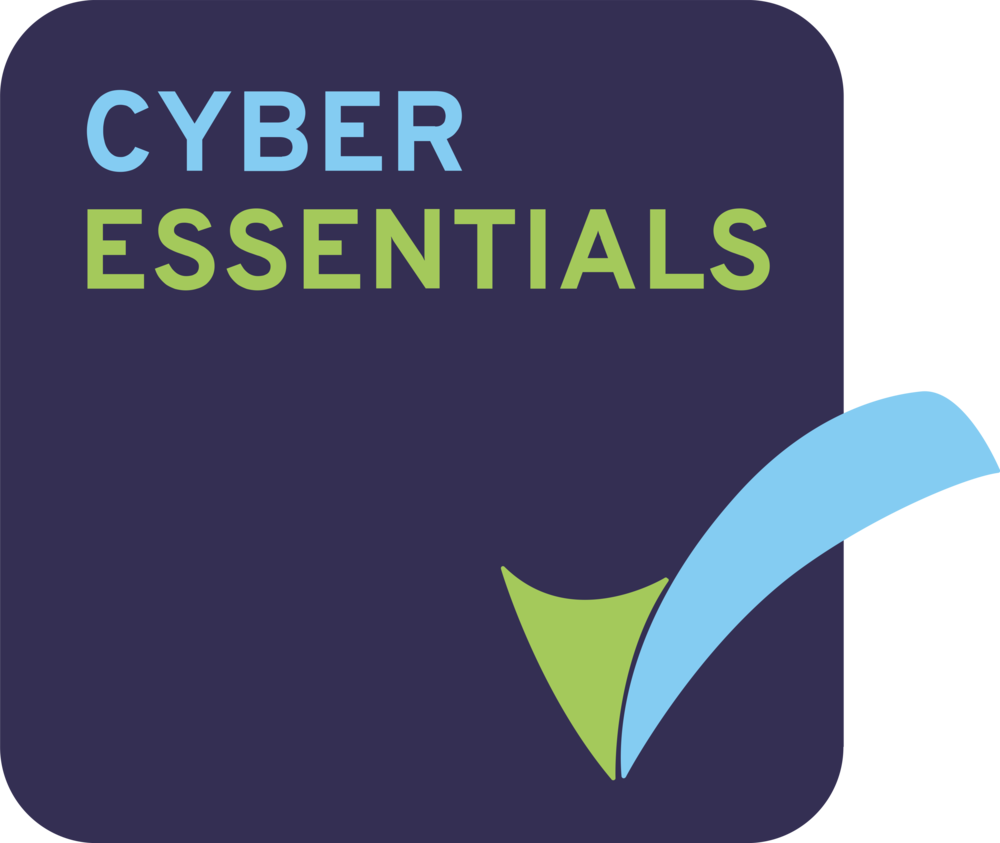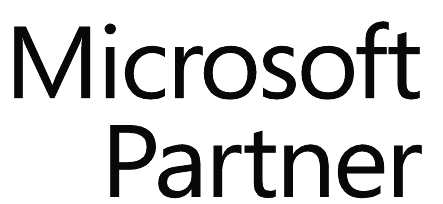Legacy voice data can be challenging for organisations – often difficult to keep track of, manage, and adhere to regulatory demands. Nevertheless, there are a few key steps that can be taken to simplify legacy voice data management.
1. Consolidate your View of your Legacy Voice Data
For organisations with considerable legacy voice data estates, one of the biggest challenges is keeping tabs on many different storage solutions that may be in use simultaneously. Because the nature of voice recording refreshes over time, each storage solution can end up having its own portal through which data can be accessed.
Implementing a solution that consolidates all audio recordings from multiple sources enables organisations to view their legacy voice data in a centralised location. An essential element to simplifying and managing this data that guarantees, regardless of the recording or storage solutions in play, all voice data is readily accessible in one place at a moment’s notice. It also means retention can be centrally managed across all voice capture platforms.
2. Ditch Outdated Infrastructure
Many organisations incur huge costs while maintaining legacy voice recording systems and data storage in the absence of having a viable migration path. Combined with the complications associated with the voice recorders and storage reaching end-of-life – an unavoidable headache for regulated firms with extended retention periods – it’s easy to see how legacy voice data infrastructure quickly becomes unmanageable.
With voice recording archives consolidated into a single view, the underlying legacy systems and infrastructure should now be completely decommissioned and maintenance overheads eliminated.
3. Future-Proof
Legacy voice recording headaches can become a thing of the past for firms that approach voice recording architecture as a series of independent layers. Treating the voice recording system purely as a point of capture and having voice recordings consolidated into an agnostic replay and management layer means any future voice recording platforms can be onboarded whilst guaranteeing access to the recordings for the required retention. Regardless of the make or model of the recorder. A streamlined, truly evergreen strategy, with a complete view of recordings at all times.
About Wordwatch
Business Systems has already helped many Top Tier banks, financial institutions and contact centres simplify and gain a consolidated view of their legacy voice data estate. Our voice recording management solution, Wordwatch, enables organisations to search, replay and export all legacy audio files with metadata from different voice recording systems, regardless of location, manufacturer, age or file format.















